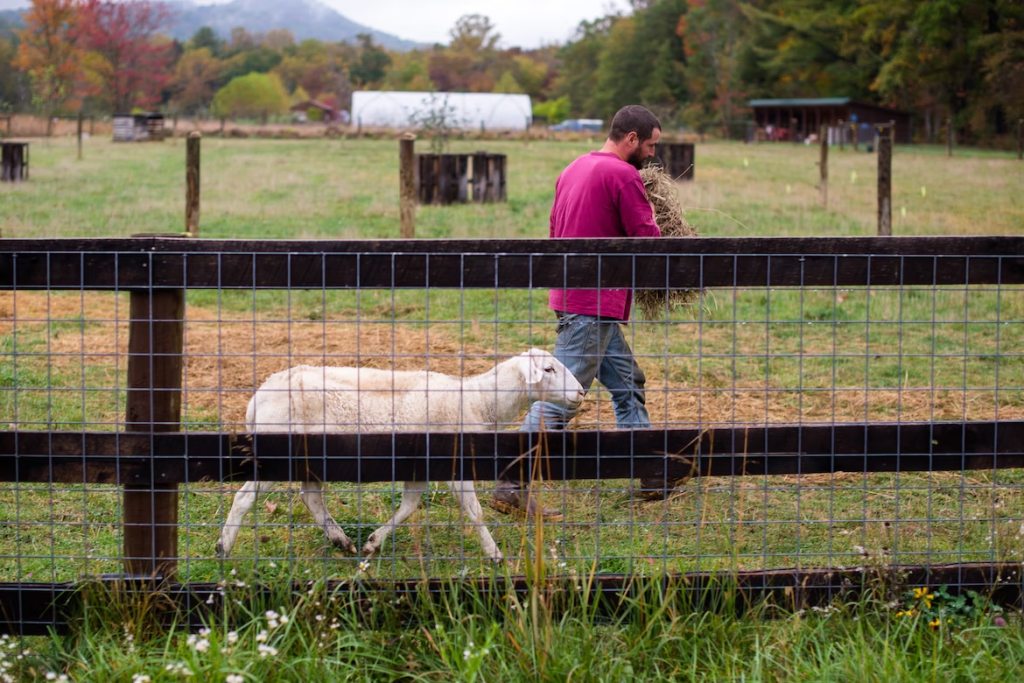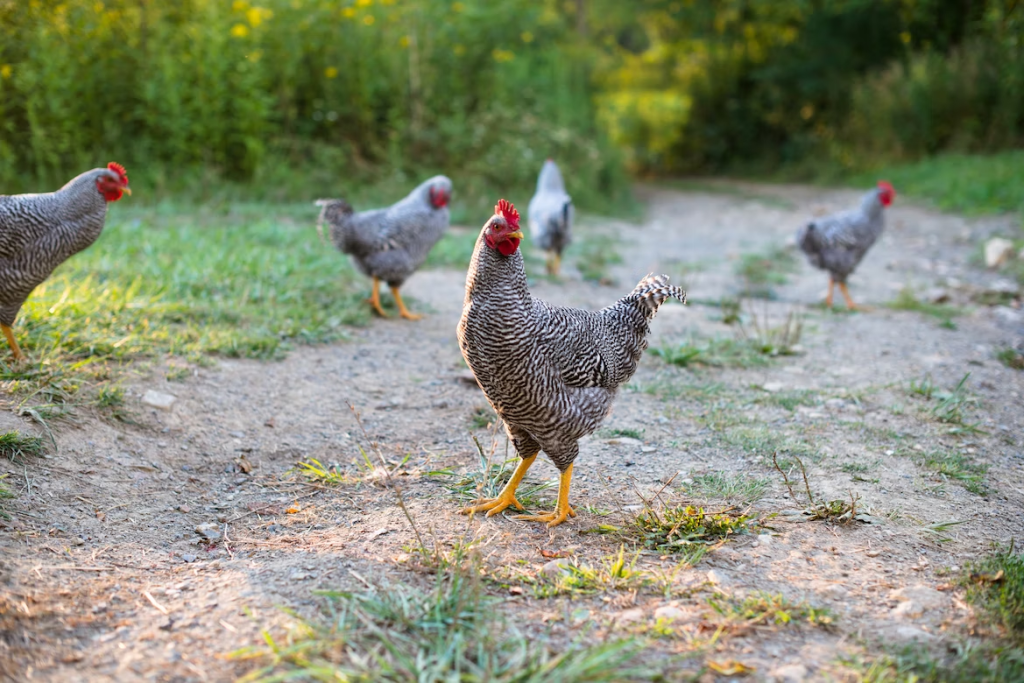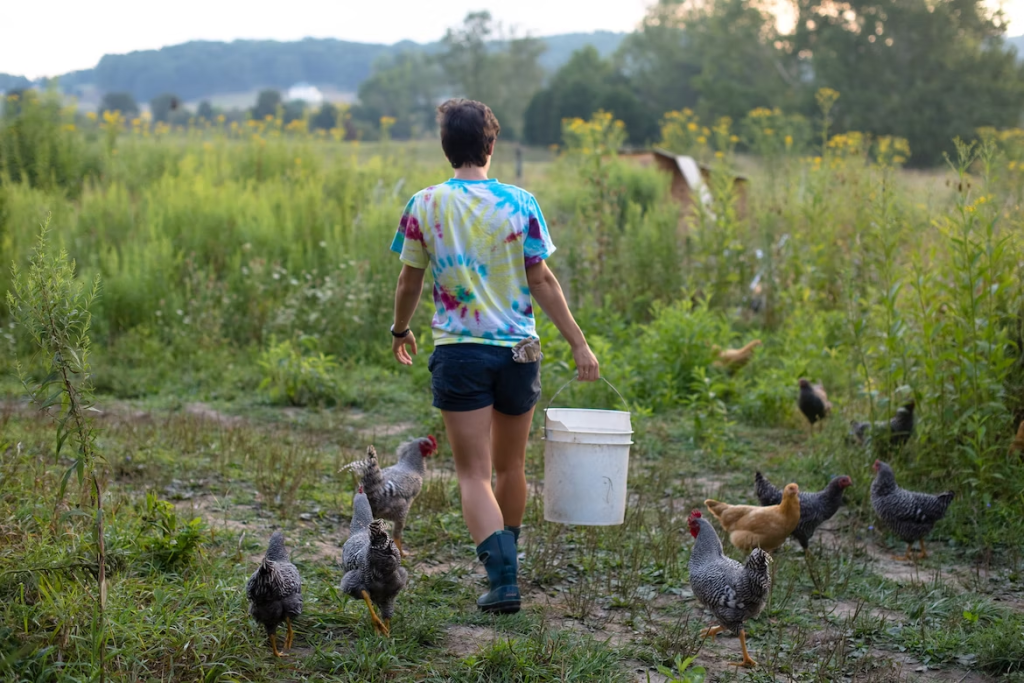The concept of homesteading may seem old-fashioned or outdated to some, but its resurgence in recent years has shown the principles behind it are still relevant.
Many modern families embrace homesteading as a way to gain independence from the world’s consumer-driven economy. In doing so, they aim to reconnect with nature and what really matters in life.
Those who don’t know much about this way of life may ask — what exactly is homesteading?
This article demystifies the concept while listing its benefits for today’s households.
Read on to discover the fascinating world of homesteading and how it could be your ticket to a more sustainable, fulfilling lifestyle.
The Roots and History of Homesteading
The idea of homesteading dates back hundreds of years and has its roots in American history.
In 1862, the US government enacted the Homestead Act, allowing settlers to claim parcels of land for free if they met specific requirements.
These pioneers secured their claim by establishing a home, cultivating their land, and making a living from their property. It led to the development of small, self-sufficient communities that thrived off agricultural pursuits.
While the Homestead Act no longer exists, the desire for independence and self-sufficiency has lived on. Today’s homesteaders find inspiration in the drive for sustainability and the growing movement toward localization.
Modern homesteading is about reclaiming our connection to the planet and embracing a slower-paced, more intentional way of living.
Sustainability and Self-Sufficiency

One of the primary drivers behind homesteading is the pursuit of sustainability and self-sufficiency.
By learning how to grow their own food, raise animals, preserve their harvests, and create energy solutions that don’t rely on fossil fuels, modern homesteaders aim to minimize their impact on the environment and decrease their reliance on external resources.
This approach to living not only contributes to a more viable, healthier planet but also fosters a sense of self-reliance and resilience that can be deeply empowering.
As homesteaders hone their skills and build their resourcefulness, they cultivate a sense of security, knowing they are capable of providing for themselves and their families during times of uncertainty.
Creating a sustainable homestead may seem daunting at first, but there are many ways to get started.
- You can start by focusing on water conservation. For instance, you could set up a rainwater collection system for all your gardening needs.
- Another significant step towards sustainability involves reusing water. Consider using the water from your duck pond to irrigate your garden.
- Renewable energy sources are an excellent option for those who wish to delve deeper into creating a sustainable homestead. Solar panels are an increasingly popular choice among homeowners, effectively harnessing the sun’s energy for various household needs.
- If you’re feeling truly ambitious, you could also explore options like hydropower or wind turbines to generate power for your home.
Gardening and Livestock

At the heart of homesteading is the connection to the land, whether through gardening or raising livestock.
A significant component of this lifestyle involves cultivating crops suitable for each locale, such as fruits, vegetables, herbs, and grains. It empowers homesteaders to provide fresh, nutrient-dense produce for their households while teaching them valuable skills like soil maintenance, composting, and pest control.
Starting a homestead garden is an exciting venture.
It begins with easy-to-grow produce like tomatoes, zucchini, and herbs. As you gain experience, you can expand your garden with other vegetables, fruits, edible flowers, and spices.
Instead of purchasing transplants from garden centers, opt for growing plants from seeds. It will save money and ensure you know the origin of your plants.
Cottage Garden Design Masterclass – Structure
Additionally, homesteaders often raise different animals for purposes such as meat, milk, eggs, or fibers like wool and mohair.
Popular livestock choices include:
- chickens,
- ducks,
- goats,
- sheep,
- rabbits,
- cows,
- and pigs.
Although tending livestock requires commitment and effort, it allows homesteaders to produce food staples and resources at a fraction of the cost while retaining control over how the animals are raised and treated.
Crafts and Skills
Homesteading demands a broad range of skills, encompassing practical know-how and creative abilities. Many homesteaders develop talent in crafts relevant to their lifestyle — think woodworking, blacksmithing, pottery-making, sewing, or knitting.
By growing your own food, you can preserve, dry, or dehydrate it to enjoy throughout the year. An herb garden allows you to harness those herbs for various purposes, from making teas and tinctures to salves and aromatherapy products.
At the same time, sewing your own clothes adds a personal touch, and it’s an enjoyable way of staying involved with self-sustainability practices.
Last but certainly not least is composting. Creating your compost reduces waste, saves money, and keeps you engaged in the entire growing process from beginning to end.
The sense of accomplishment when witnessing the life cycle of your plants will only reinforce your appreciation for homesteading as a sustainable and rewarding lifestyle.
Building Community Connections

Even though homesteading emphasizes self-sufficiency, it doesn’t mean isolation. On the contrary, it often encourages a robust sense of community.
By creating connections with other homesteaders in their area or taking part in farmers’ markets, skill-sharing workshops, and local events, many individuals find satisfaction in building closer relationships with their neighbors and local businesses.
These supportive networks help exchange knowledge and expertise while fostering a cooperative spirit among like-minded individuals who share similar values and interests.
Even those who live in the center of bustling cities can try their hand at homesteading.
For example, apartment dwellers can still grow their own food through alternative methods. Container gardening allows you to grow plants in pots or other containers placed on balconies or patios.
Sprouts and microgreens are perfect for small spaces too. You can easily grow them on your kitchen counter and enjoy fresh, nutritious greens all year round.
Final Thoughts
Homesteading fills a unique niche as an alternative lifestyle that combines sustainability, self-sufficiency, and an authentic connection to the land.
As modern society continues to grapple with environmental concerns and the search for a meaningful existence, homesteading offers an opportunity to carve out a distinct path rooted in ecological stewardship and resilient independence.
In embracing this age-old approach to living, you can rediscover a simpler, more fulfilling way of life that resonates deeply with your innermost values and aspirations.
So get to work and create a thriving, eco-friendly homestead that benefits both you and the environment. Good luck!
Was it helpful?

Enamored with the world of golf Jack pursued a degree in Golf Course Management at THE Ohio State University. This career path allowed him to work on some of the highest profile golf courses in the country! Due to the pandemic, Jack began Inside The Yard as a side hustle that quickly became his main hustle. Since starting the company, Jack has relocated to a homestead in Central Arkansas where he and his wife raise cattle and two little girls.

